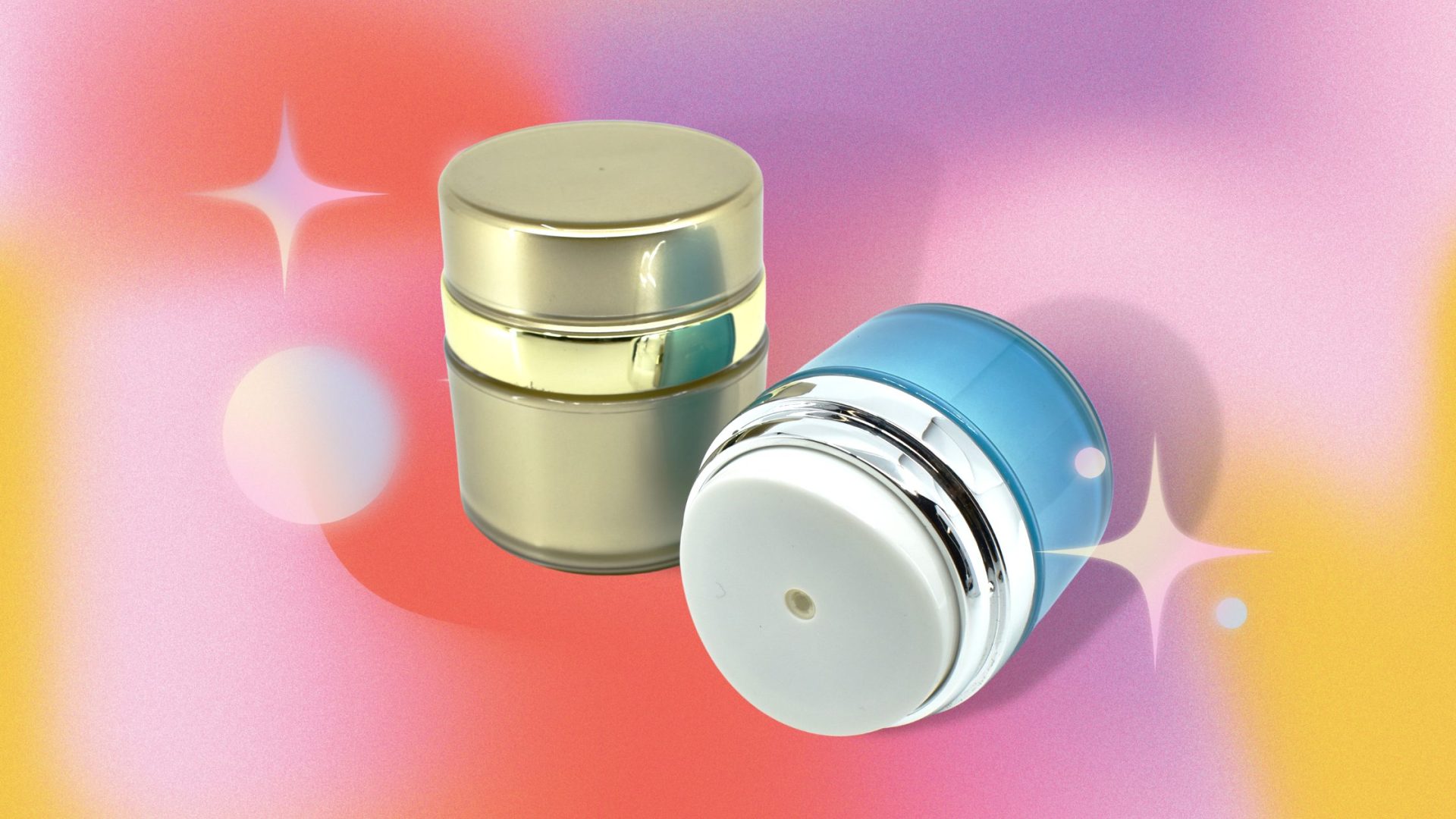Cosmetic packaging is an essential part of the beauty industry. Brands invest a considerable amount of time and resources into designing attractive and appealing packaging for their products. Many companies rely on packaging and advertising to draw in consumers. Unless the consumer has previously used a product before, the packaging plays a significant role in their decision to purchase. Not only does it create an emotional connection with the consumer, it also influences their perception of the product’s quality and value. Product packaging acts as an advertisement; and as an extension of the product itself and communicates the brand’s message, values, and personality. Jeanine Lobell, CEO of Stila Cosmetics believes that “a beautiful package sets expectations for a great product.”
Perceived Value
Perceived value is a crucial factor in determining consumer behavior. In the cosmetic industry, high-end and low-end packaging designs have vastly different perceived values. Packaging should be appropriate for the environment it is being sold in. High-end packaging is often associated with luxury, exclusivity, and prestige. Low-end packaging, on the other hand, is associated with affordability and accessibility. While there may or may not be a significant physical difference in the actual chemical makeup of high-end versus low-end cosmetics, the perception of a difference in quality and price as a result of the packaging is real. When taking the retail environment into account, the look of the packaging must match the setting in which it is sold in. An expensive product with premium packaging is going to look out of place in a lower-end retail environment, and thus may not sell. Similarly, the way a product with basic packaging may not sell in a high-end retail environment.
High-end packaging design typically features elegant, minimalist designs with sleek lines, metallic finishes, and subtle embossing. This type of packaging is often used by premium brands to convey the exclusivity and sophistication of their products. High-end packaging also often includes premium materials, such as glass or metal, which give the product a more luxurious feel. Low-end packaging design, on the other hand, often features bright colors, bold graphics, and playful shapes. This type of packaging is typically used by budget brands to convey a sense of fun and affordability. Low-end packaging often includes cheaper materials, such as plastic or cardboard, which can be mass-produced at a lower cost.
Key Drivers of Perceived Value
Color
Color psychology plays a crucial role in the consumer’s perception of the product, with different colors evoking different emotions and feelings. For example, blue is often associated with trust and loyalty, while red is associated with passion and excitement. Brands often use these color associations to influence consumer behavior and create a specific mood or feeling around their product. High-end packaging often uses a limited color palette, with neutral colors like black, white, and gold being popular choices. This creates a sense of understated elegance and sophistication. Low-end packaging, on the other hand, often uses bright eye-catching colors that are intended to grab the consumer’s attention and create a sense of fun and excitement.
Typography
High end packaging often uses minimalist typography, with clean, simple lines and subtle embossing. This gives the packaging a sense of sophistication and understated elegance. Low-end packaging, on the other hand, often uses bold, playful typography, with fun and quirky fonts that are intended to create a sense of playfulness and accessibility.
Shape and Size
The shape and design of the packaging also play a critical role in the consumer’s perception of the product. Consumers often associate specific shapes with certain qualities and attributes. High end packaging is often designed to be sleek and compact, with minimalist shapes that create a sense of sophistication and exclusivity. Low-end packaging, on the other hand, often features larger, more bulky shapes that are intended to be functional and affordable.
Texture
Texture is another essential element in cosmetic packaging. Consumers often use the texture of the packaging to judge the quality of the product inside. High end packaging often includes textured surfaces, such as embossed logos or patterns, that create a sense of depth and luxury. Low end packaging on the other hand, often uses smooth, glossy surfaces that are intended to be functional and cost-effective.
The Role of Branding
The psychology of cosmetic packaging also involves understanding the role of branding. Packaging design is an important way for brands to differentiate themselves from their competitors and create a unique identity. High-end brands often use understated branding that is subtle and elegant, while low-end brands use bold and playful branding that is intended to grab attention. The perception of value is also influenced by the target audience. For example, younger consumers may be more attracted to low-end packaging designs that feature bright colors and bold graphics, while older consumers may be more attracted to high-end packaging designs that feature more subtle and sophisticated designs. Finally, the psychology of cosmetic packaging can also be influenced by environmental factors. Consumers are becoming increasingly aware of the impact of packaging on the environment and brands that use sustainable packaging materials and designs can create a positive perception of their brand and products.
Conclusion
The psychology of cosmetic packaging is a critical element in the beauty industry. Brands invest a considerable amount of time and resources in designing packaging that appeals to their target audience and communicates their brand values and personality. The psychology of cosmetic packaging is a complex and multifaceted topic that involves a range of factors including color, typography, shape, texture, branding, target audience, and environmental factors. By understanding these factors, brands can create a more significant emotional connection with their consumers and create packaging designs that effectively target their desired audience and drive purchasing decisions.
To learn more about our cosmetic and skincare packaging solutions, contact us today at [email protected]



